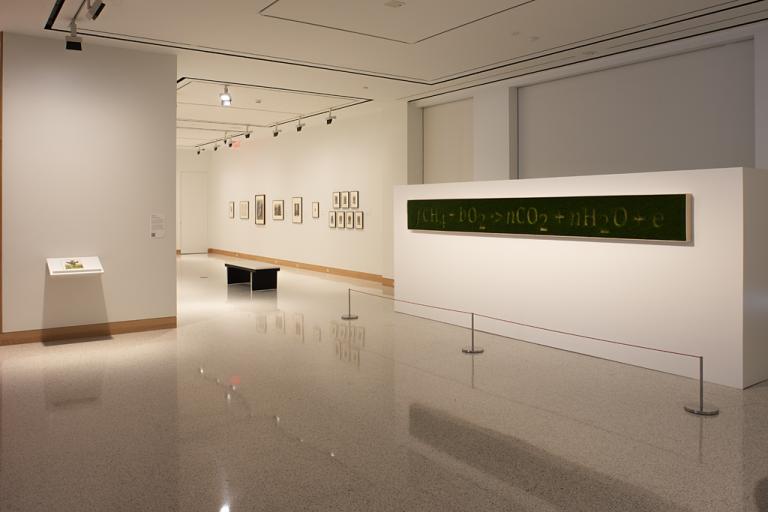Field Museum, Helianthus, 1905, Terry Evans
Artwork Overview
Terry Evans, artist
born 1944
Field Museum, Helianthus, 1905,
2000
Portfolio/Series title: Prairie Specimens
Where object was made: United States
Material/technique: Iris print
Dimensions:
Image Dimensions Height/Width (Height x Width): 55.7 x 43 cm
Image Dimensions Height/Width (Height x Width): 21 15/16 x 16 15/16 in
Sheet/Paper Dimensions (Height x Width): 60.8 x 48.2 cm
Sheet/Paper Dimensions (Height x Width): 23 15/16 x 19 in
Mat Dimensions (Height x Width): 32 x 24 in
Image Dimensions Height/Width (Height x Width): 55.7 x 43 cm
Image Dimensions Height/Width (Height x Width): 21 15/16 x 16 15/16 in
Sheet/Paper Dimensions (Height x Width): 60.8 x 48.2 cm
Sheet/Paper Dimensions (Height x Width): 23 15/16 x 19 in
Mat Dimensions (Height x Width): 32 x 24 in
Credit line: Museum purchase: R. Charles and Mary Margaret Clevenger Art Acquisition Fund
Accession number: 2012.0063
Not on display
If you wish to reproduce this image, please submit an image request



